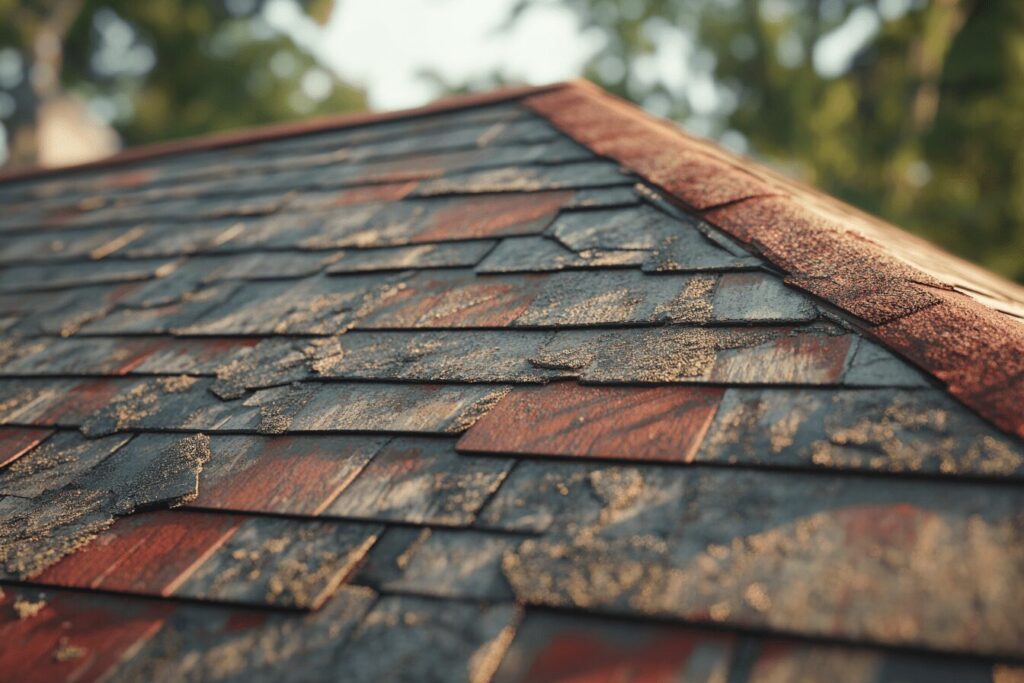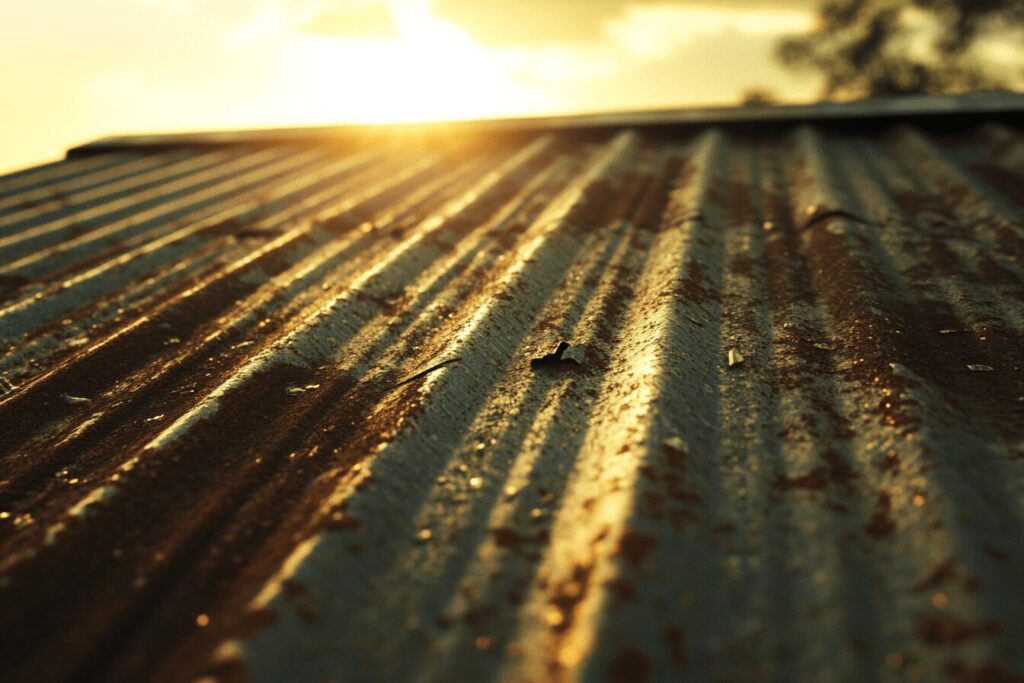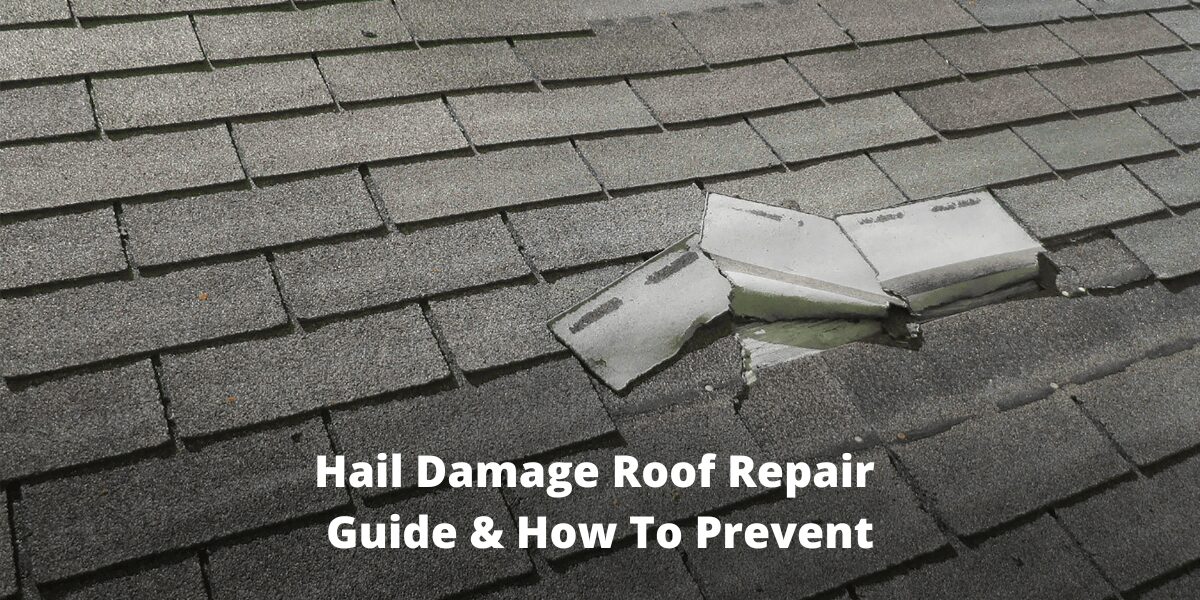Hailstorms don’t always leave obvious signs behind—but that doesn’t mean your roof escaped unharmed.
It’s easy to overlook subtle damage until it turns into a much bigger issue.
From figuring out what to look for to making sense of insurance claims and prevention upgrades, we’ll walk you through the steps that actually matter after a storm.
Key Notes
- Spot unique damage patterns on asphalt, tile, and metal roofs to assess severity accurately.
- Navigate insurance claims with proper documentation and professional support for maximum coverage.
- Make informed repair-versus-replacement decisions based on damage extent and roof condition.
- Implement specific preventative measures like impact-resistant shingles to minimize future damage costs.
Hail Damage: Identification and Impact
Hail damage varies significantly based on your roof type, the storm’s severity, and your home’s exposure.
Each roofing material responds differently to hail impacts, creating distinct damage patterns that require specific repair approaches.
Identifying Hail Damage on Various Roof Types
Asphalt Shingles
|

Tile Roofs
|

Metal Roofs
|

Beyond the roof itself, check for collateral hail damage to gutters, roof vents, window sills, AC units, and siding materials adjacent to the roof.
Navigating the Insurance Claim Process
Successfully navigating the insurance claim process requires understanding your policy, proper documentation, and effective communication with adjusters.
Documentation and Evidence Collection
|
Dealing with Insurance Adjusters
|
Choosing the Right Contractor: Avoiding Scams
After hail storms, neighborhoods often see an influx of contractors. Vetting them effectively is crucial:
|
Repair vs. Replacement: Making the Right Decision
The extent of hail damage, roof age, and long-term value all factor into the repair versus replacement decision.
Evaluating Damage Severity and Repair Options
Consider the percentage of roof area damaged, existing roof age, manufacturer warranty status, and insurance coverage limitations.
Partial repairs may be suitable for limited damage, while full replacement is often necessary for widespread issues.
How To Prevent Hail Damage (Or At Least Minimize It)
You can’t stop a hailstorm—but you can give your roof a fighting chance. Most homeowners don’t think about prevention until after the fact, but a few proactive upgrades can seriously reduce your risk (and your repair bill).
Upgrade to Impact-Resistant Shingles
Not all shingles are created equal. Class 4 impact-rated shingles are designed to absorb hail strikes without cracking or losing granules.
Install Protective Roof Coatings
Some elastomeric coatings can add a bit of give to your roof surface, helping it absorb impact better—especially on metal or flat roofs.
Reinforce Roof Structures
If you’re already doing a re-roof, it’s worth checking that the decking and underlayment are up to current storm standards.
A weak foundation = more damage.
Trim Overhanging Trees
Hail-damaged branches become shrapnel. Keep trees pruned back from your roofline to avoid secondary damage.
Consider Hail Guards for HVAC & Skylights
It’s not just your shingles that take a beating. Install protective cages or screens over rooftop units and fragile features.
Schedule Regular Roof Inspections
Catching minor vulnerabilities before a storm hits is one of the smartest ways to prevent serious damage later.
Frequently Asked Questions
How soon after a hailstorm should I have my roof inspected?
Ideally within 48-72 hours after the storm to prevent secondary water damage.
Will filing a hail damage claim increase my insurance premiums?
Hail damage claims are typically “Act of God” claims and shouldn’t directly increase premiums. Check with your provider for specifics.
How can I tell the difference between hail damage and normal wear and tear?
Hail damage appears as random, concentrated circular dents, while normal wear shows consistent patterns.
Is it possible to repair just sections of my roof with hail damage?
This depends on the damage extent. Isolated damage can sometimes be repaired sectionally.
Conclusion
Hail might not tear your roof apart on day one, but it doesn’t need to in order to cause problems. Small dents, cracks, or lost granules can quietly open the door to leaks, mold, and long-term structural issues.
Whether your roof is asphalt, tile, or metal, knowing what to look for—and what steps to take—can make all the difference.
From proper documentation to smart upgrades and choosing the right contractor, staying proactive is the surest way to protect your home and your wallet.
If you’re unsure what the storm left behind, reach out to schedule a free inspection and quote. No pressure—just expert support.

